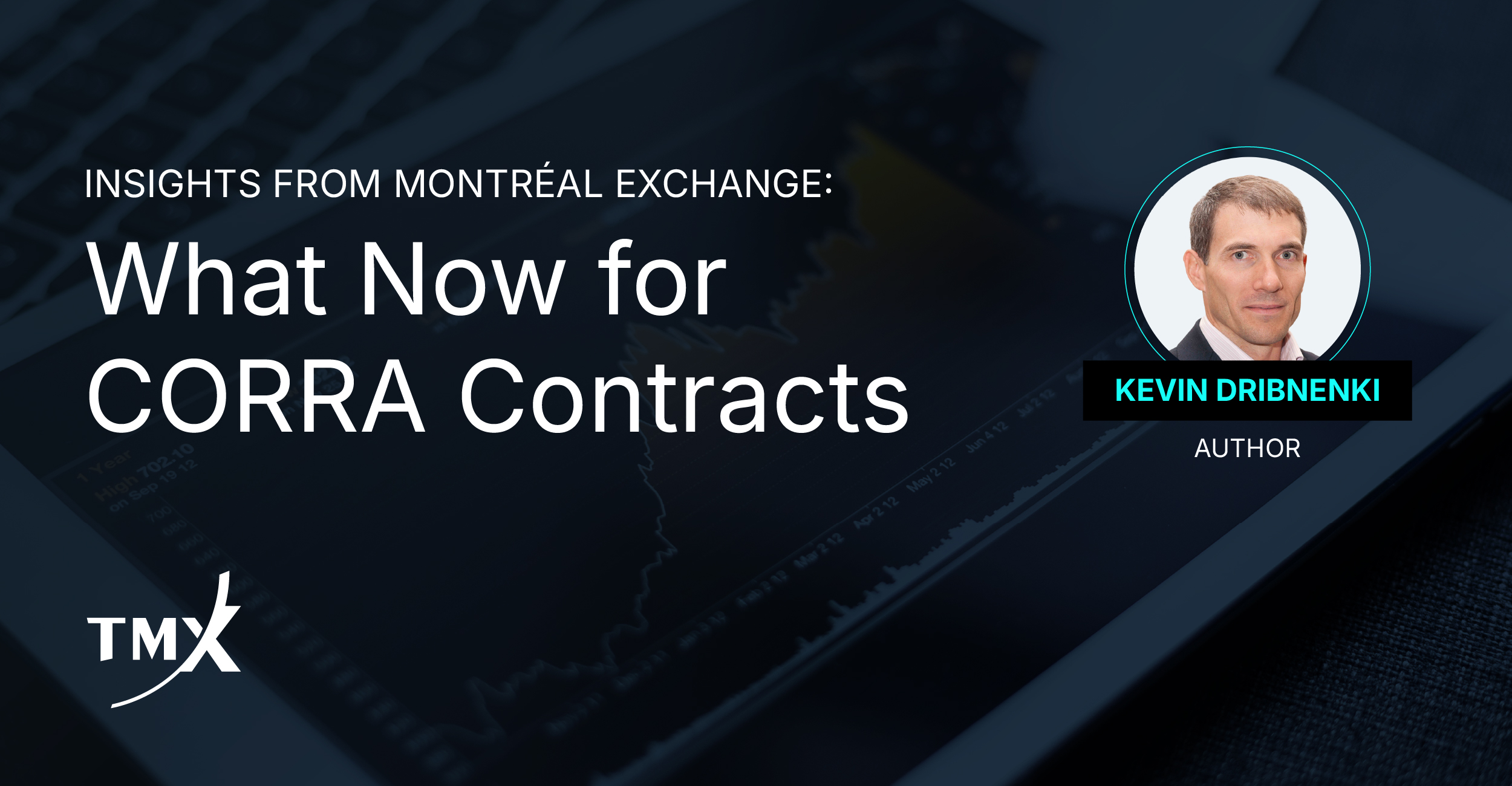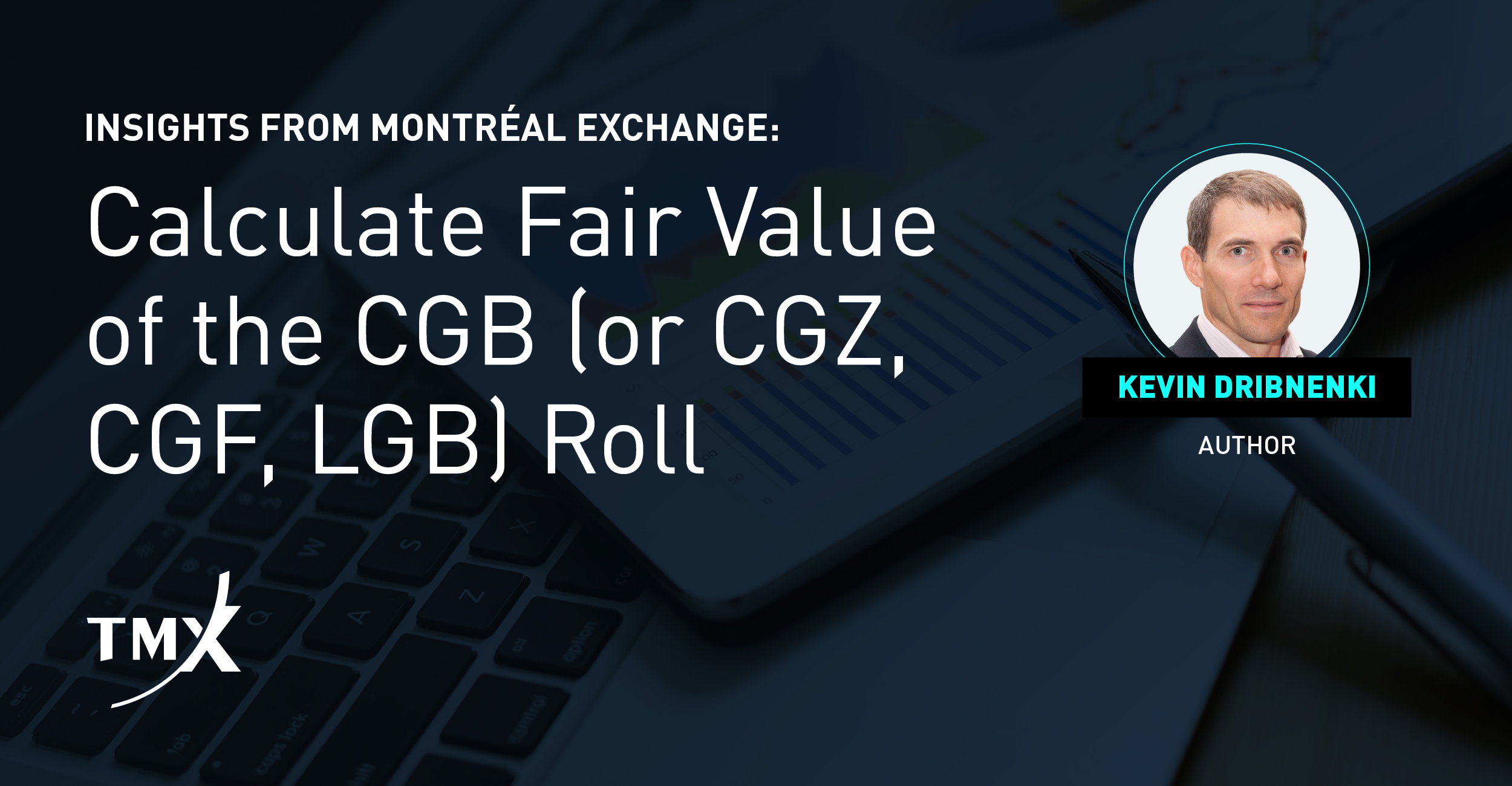"Free Money Trade": Astute CGB Basis Traders Found a Free Option?

In 2008, early in our career as a Portfolio Managers we witnessed a large trade that was described as "self-healing" and "impossible to lose". Given the date, amid the financial crisis years, readers can imagine how this trade eventually turned out. Since then, it has been, among ex-employees of the firm, sarcastically labelled the "Free Money Trade" – sarcastic since at least one manager argued that profits would come without risk when, in fact, the risk (and loss) turned out to be enormous. As we all learn when first studying finance, there is always a tradeoff between return and risk. However, in early May we did observe in the CGB futures market what we would term a "free money trade" (for real this time) for those astute and nimble enough to catch it.




